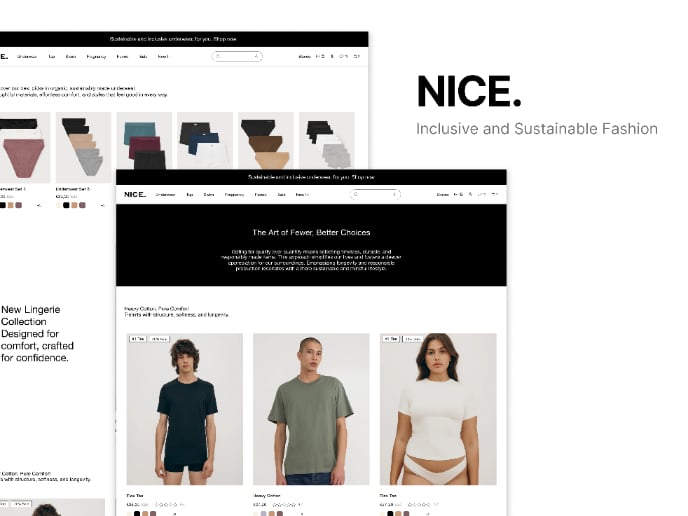Ethical Design
Ethical design ensures products respect user rights, transparency, and inclusivity, aligning business goals with responsible practices that build trust.

Ethical design is the practice of creating digital products that prioritize human well-being, fairness, and transparency. Instead of focusing solely on business growth or efficiency, it demands that teams consider the broader impact of design decisions on users and society. Ethical design bridges the gap between usability and responsibility, aiming to create systems that respect user autonomy while still achieving business goals.
For UX designers, ethical design often means avoiding manipulative tactics. Practices known as “dark patterns,” such as confusing opt-out options or hidden fees, undermine trust. Instead, designers apply clarity, honesty, and respect for user intent. Transparent consent forms, straightforward account settings, and fair notifications are examples of ethical approaches that put users first.
Product managers carry equal responsibility in ensuring ethics are built into strategy. Roadmaps must reflect values as well as growth, which sometimes means rejecting features that maximize engagement at the expense of user well-being. For instance, endless scroll features may drive more time on platform but also raise ethical concerns about addictive use.
Accessibility forms a critical part of ethical design. Ethical design embraces inclusive standards such as the Web Content Accessibility Guidelines (WCAG), ensuring that all users, regardless of ability, can interact meaningfully with digital products.
Real-world examples illustrate the contrast between ethical and unethical practices. Social media platforms criticized for prioritizing engagement over mental health highlight the dangers of neglecting ethics. On the other hand, companies like Basecamp make design decisions that intentionally limit distraction and data exploitation, signaling that respect for users outweighs short-term gains.
Ethical design also means accountability in data handling. Designers and product managers alike must consider how personal information is collected, stored, and shared. Transparent privacy policies and clear data controls reflect ethical responsibility, helping products maintain trust even in competitive markets.
Learn more about this in the Ensure Your Designs are Ethical Exercise, taken from the Persuasive Design Practices Lesson, a part of the User Psychology Course.
Key Takeaways
- Ethical design prioritizes fairness, transparency, and inclusivity.
- UX avoids manipulative patterns and supports honest communication.
- Accessibility is central to ethical responsibility.
- Real-world contrasts show how ethics impact trust and loyalty.
Dark patterns are interface designs that trick users into actions they might not otherwise take, such as subscribing to services unknowingly or sharing data without clear consent. These tactics exploit cognitive biases for short-term business gains but undermine trust. Over time, products that rely on dark patterns often face reputational damage, regulatory intervention, and higher churn rates.
By avoiding dark patterns and focusing on clarity, products respect user autonomy. Ethical design recognizes that long-term trust is more valuable than manipulative engagement. Teams that prioritize user rights often see sustainable growth because their products foster loyalty and positive word-of-mouth.
Product managers set direction for teams by defining goals and priorities. If they emphasize growth at any cost, designers may feel pressured to adopt unethical tactics. By embedding ethics into requirement documents and strategy discussions, PMs ensure that responsibility is not optional but expected. For example, they may insist on fair defaults in privacy settings or push for features that reduce harmful behaviors like excessive screen time.
PMs also act as advocates for users in conversations with executives and stakeholders. By championing ethics, they align business outcomes with long-term trust and compliance, reducing the risk of backlash or regulatory penalties.
Yes. In today’s environment, consumers and enterprises increasingly value transparency, privacy, and inclusivity. Ethical design differentiates products by building trust and credibility. For example, Apple emphasizes privacy protections as part of its brand identity, which resonates with users who are cautious about data use. This stance not only protects customers but also strengthens brand loyalty.
Companies that invest in ethical design also attract top talent who want to work on products that align with their values. By committing to responsible practices, organizations build resilience, reduce legal risks, and foster innovation that reflects positively on both users and the business.
Recommended resources
Courses

AI Fundamentals for UX

Government Design Foundations

Human-Centered AI
Lessons

UX Research Ethics & Biases

Common Design Concepts

Principles of Service Design
Projects

UniQ Records | Landing Page Redesign

Nice. Underwear.













